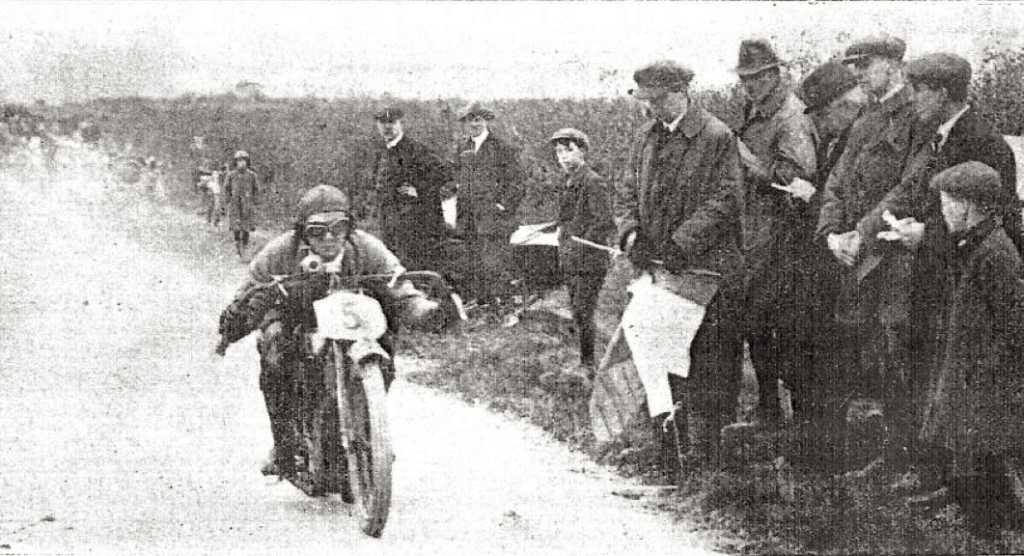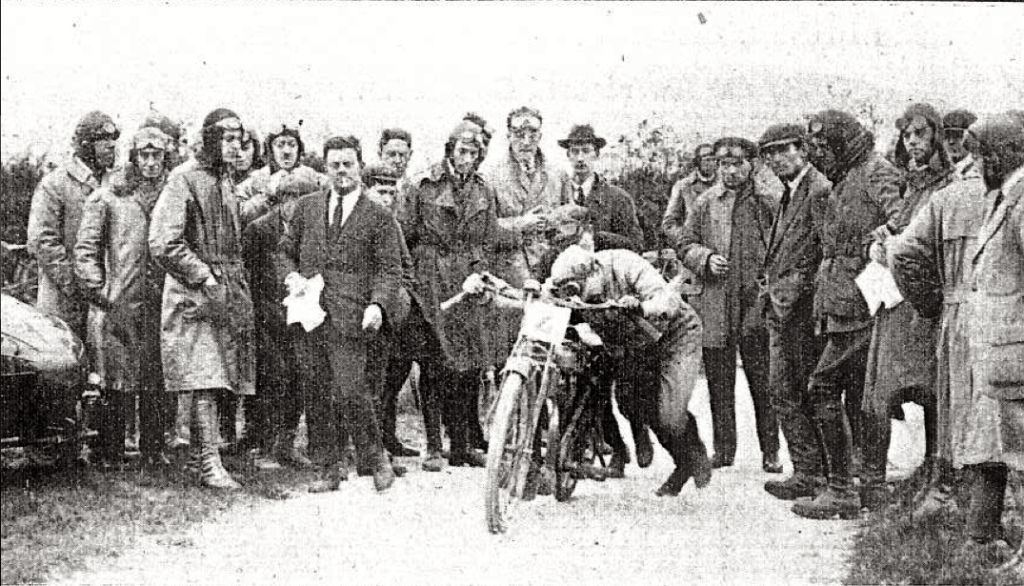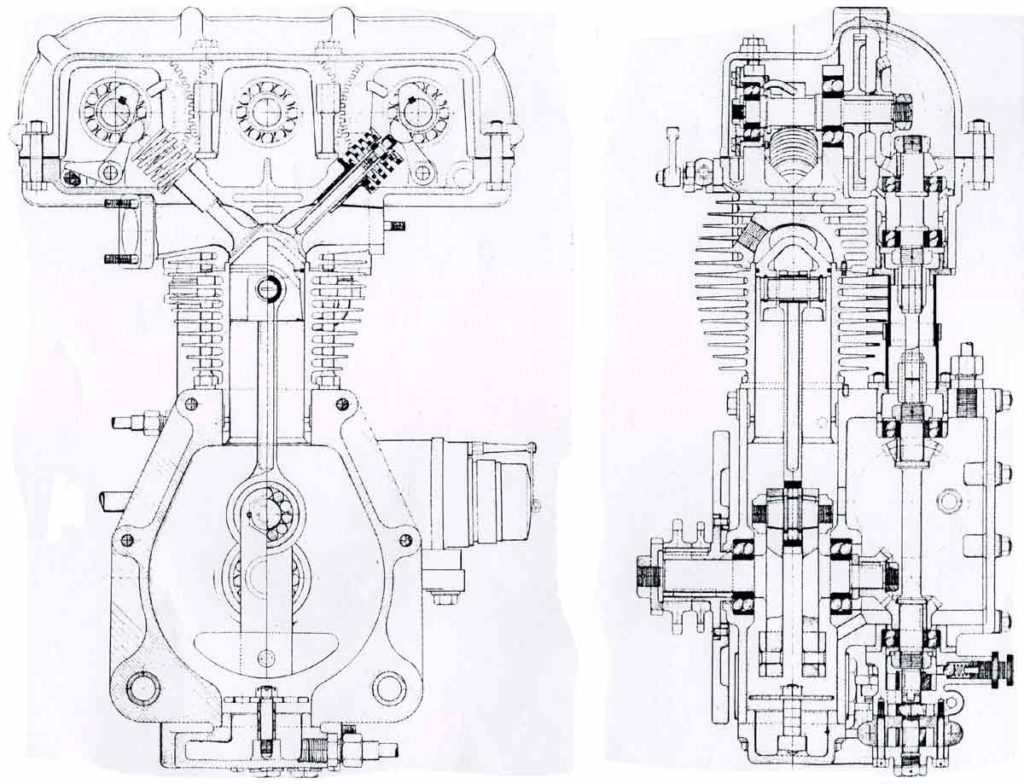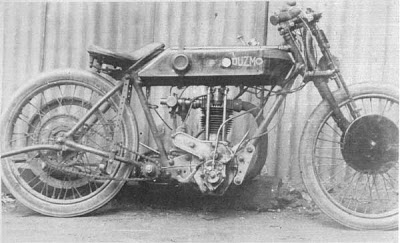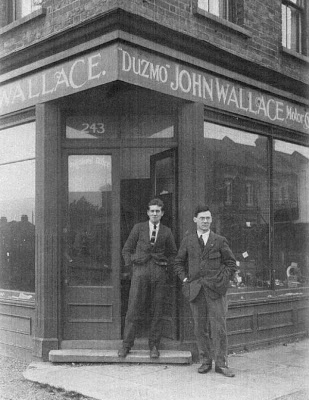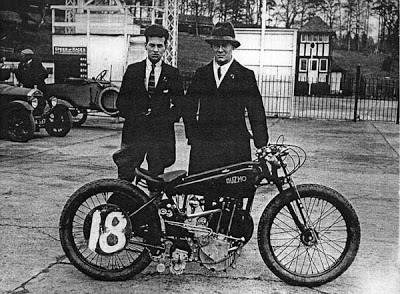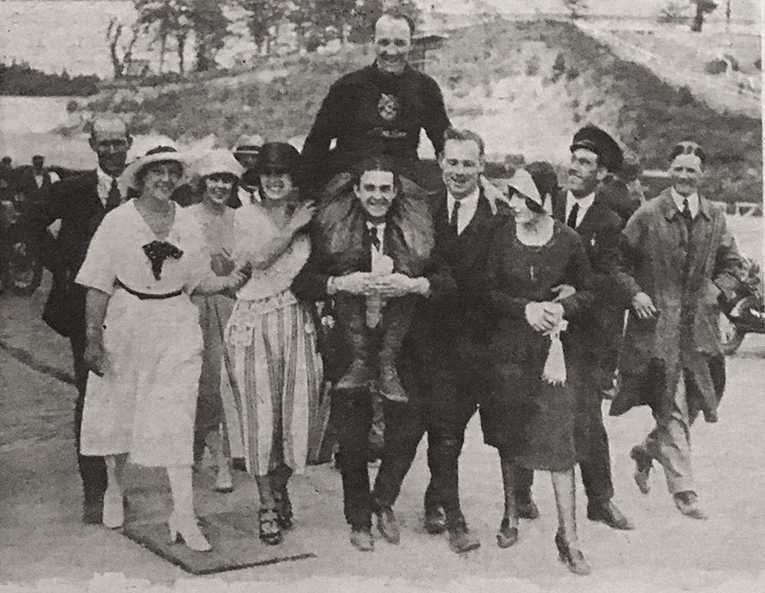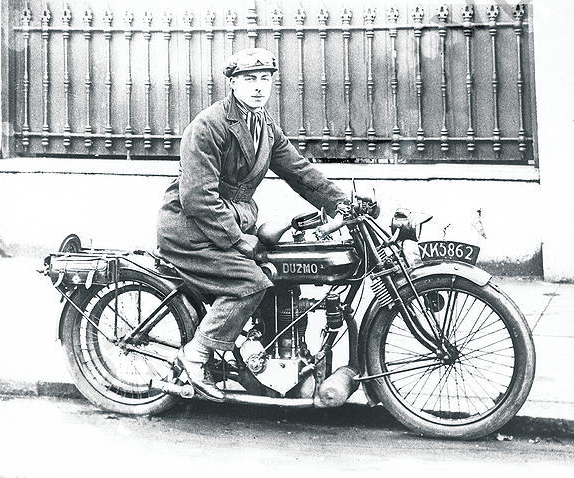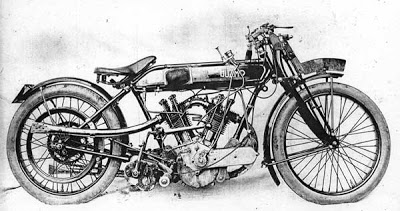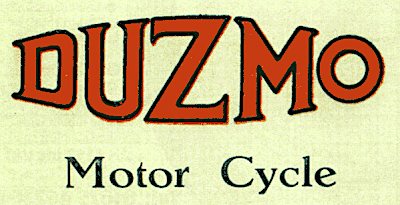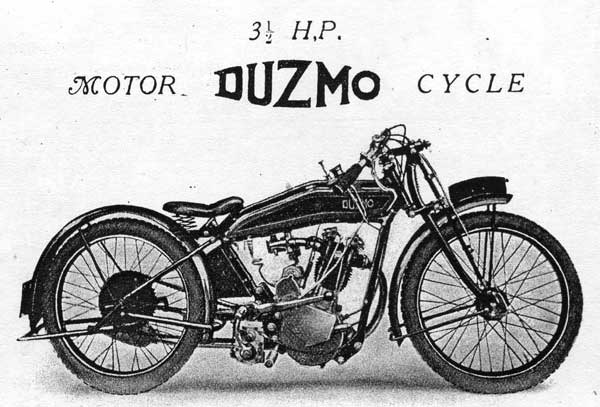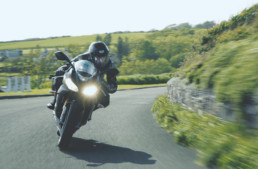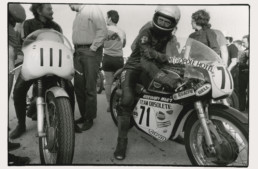By Tim Walker & Paul d’Orléans
At the tender age of 14, P.J. ‘John’ Wallace had an epiphany at a motorcycle exhibition, and knew he would build his own motorcycle. He bought a set of unmachined engine castings for £2 10s, and proceeded to build a workshop in his father’s garden, teaching himself to use a few simple machine tools. He soon realized the finishing work required of the castings was beyond both his equipment and his ability. So he bought a frame and wheels from a local cycle maker, plus a secondhand engine, and built his first motorcycle, which he promptly sold.
